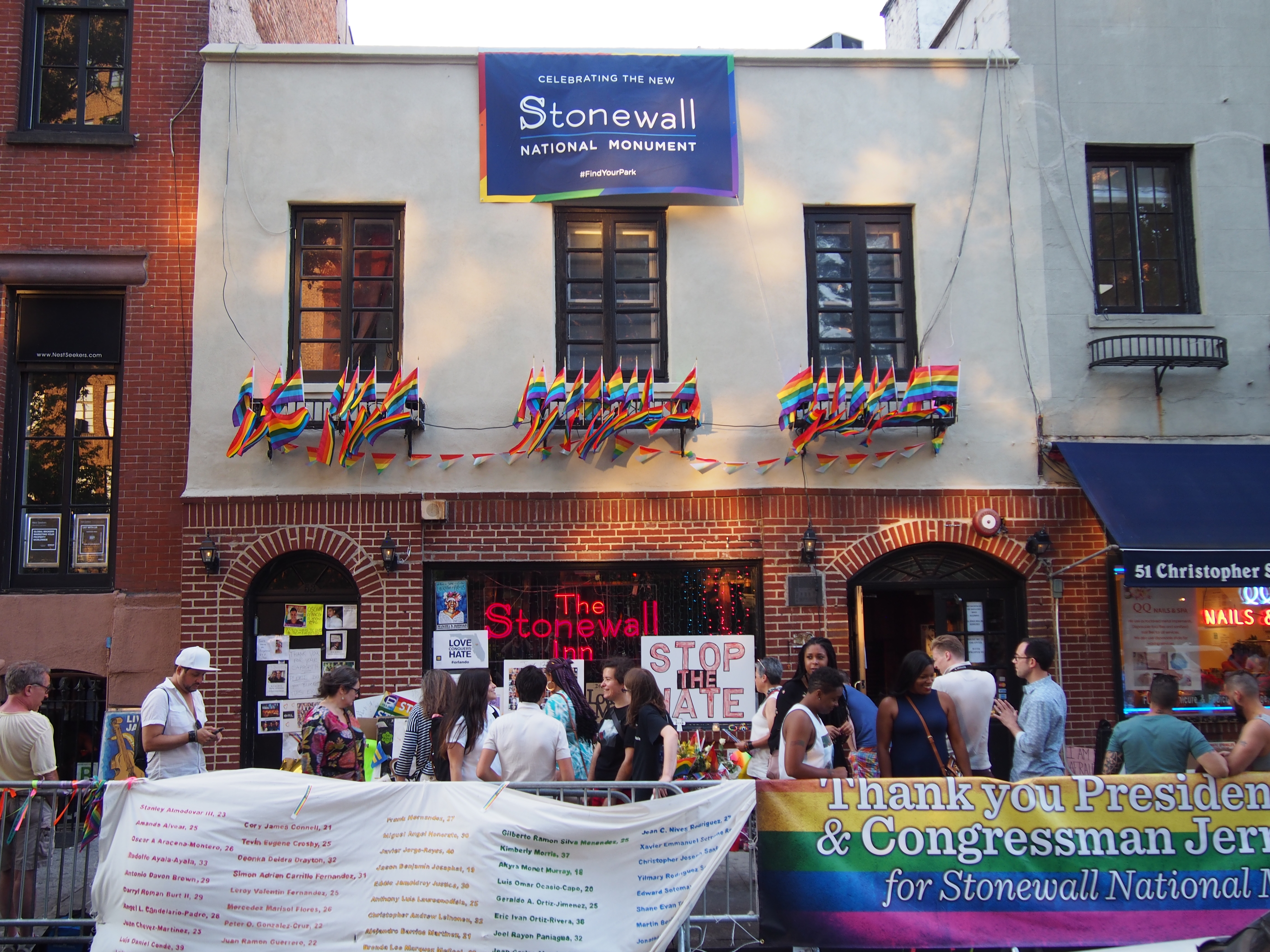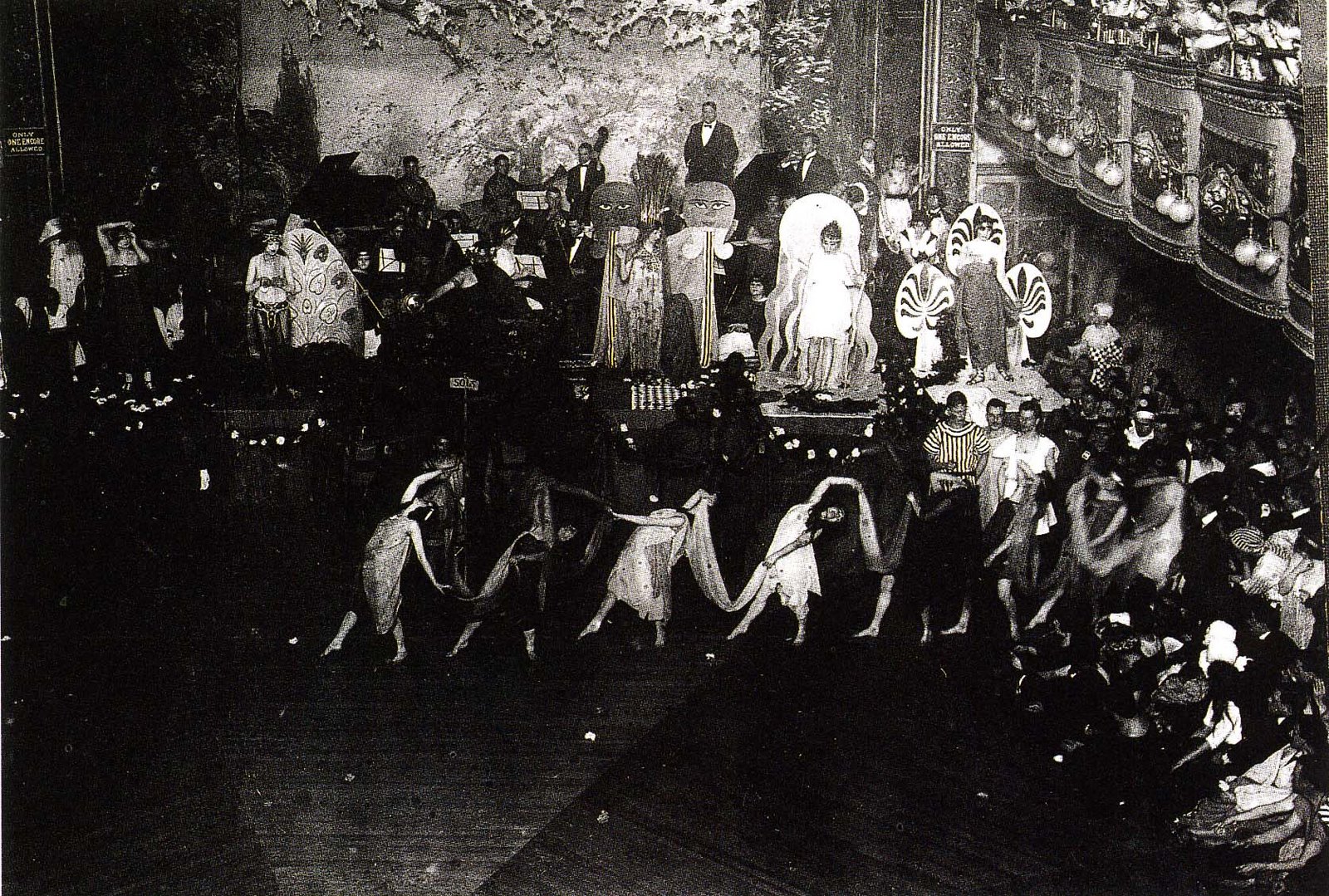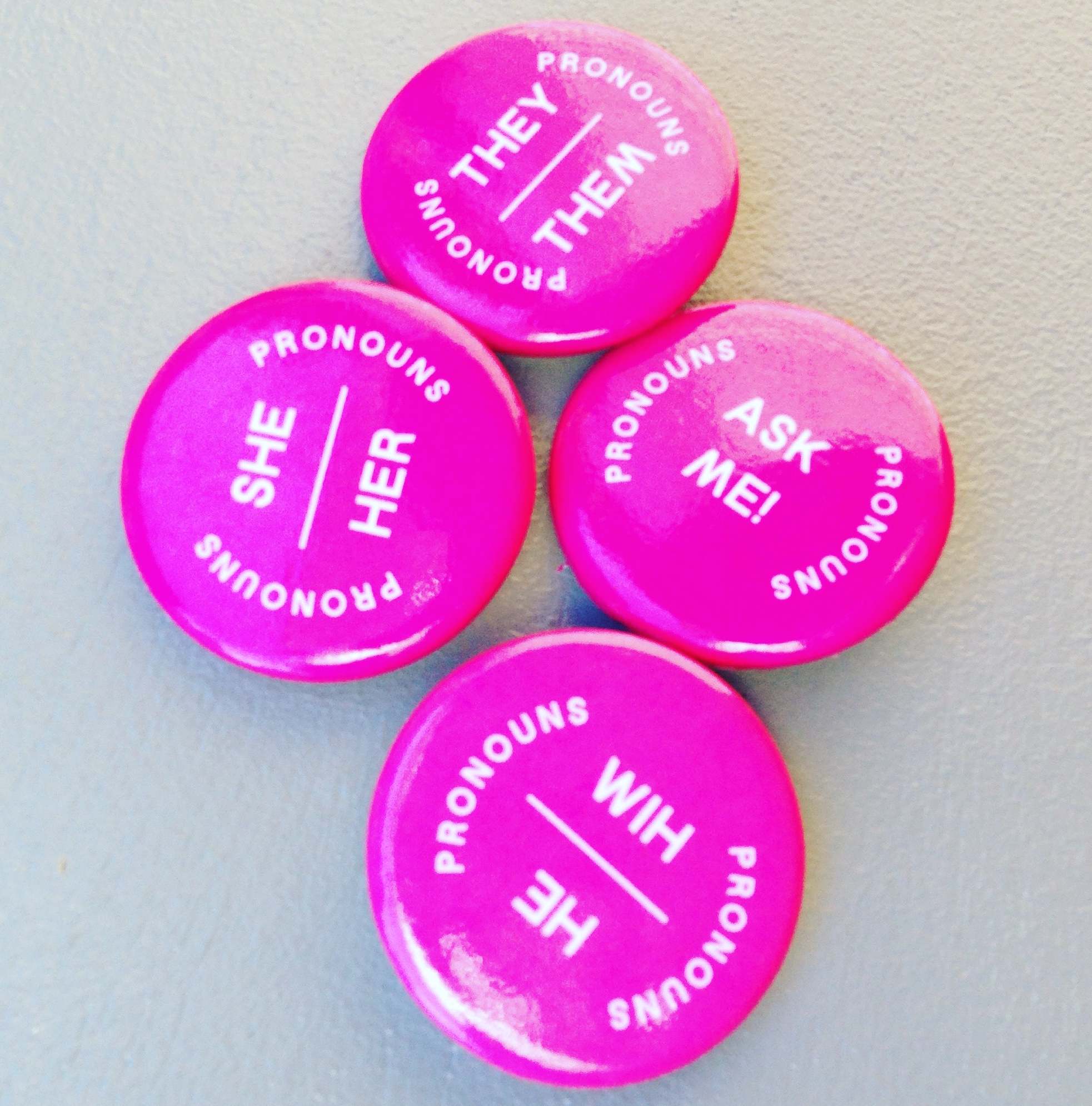|
LGBTQI
LGBTQ people are individuals who are lesbian, gay, bisexual, transgender, queer, or questioning. Many variants of the initialism are used; LGBTQIA+ people incorporates intersex, asexual, aromantic, agender, and other individuals. The group is generally conceived as broadly encompassing all individuals who are part of a sexual or gender minority, including all sexual orientations, romantic orientations, gender identities, and sex characteristics that are not heterosexual, heteroromantic, cisgender, or endosex, respectively. Scope and terminology A broad array of sexual and gender minority identities are usually included in who is considered LGBTQ. The term ''gender, sexual, and romantic minorities'' is sometimes used as an alternative umbrella term for this group. Groups that make up the larger group of LGBTQ people include: * People with a sexual orientation that is non-heterosexual, including lesbians, gay men, bisexual people, and asexual people * People who are tran ... [...More Info...] [...Related Items...] OR: [Wikipedia] [Google] [Baidu] |
Aromantic
Aromanticism is a romantic orientation characterized by experiencing little to no romantic attraction. The term "aromantic", Colloquialism, colloquially shortened to "aro", refers to a person whose romantic orientation is aromanticism. It is distinct from, though often confused with, ''asexuality'', the lack of sexual attraction. Definition, identity and relationships Aromanticism is defined as "having little or no romantic feeling towards others: experiencing little or no romantic desire or attraction". The term aromantic was added to the ''Oxford English Dictionary'' in 2018. The opposite of aromanticism is , defined as a romantic orientation in which one experiences romantic love or romantic attraction to others. Some individuals who fall on the aromantic spectrum of identities describe themselves as having experienced romantic love or romantic attraction at some point. Such aromantics may adopt labels for more specific identities on the aromantic spectrum, such as "grayro ... [...More Info...] [...Related Items...] OR: [Wikipedia] [Google] [Baidu] |
Aromanticism
Aromanticism is a romantic orientation characterized by experiencing little to no romantic attraction. The term "aromantic", colloquially shortened to "aro", refers to a person whose romantic orientation is aromanticism. It is distinct from, though often confused with, ''asexuality'', the lack of sexual attraction. Definition, identity and relationships Aromanticism is defined as "having little or no romantic feeling towards others: experiencing little or no romantic desire or attraction". The term aromantic was added to the ''Oxford English Dictionary'' in 2018. The opposite of aromanticism is , defined as a romantic orientation in which one experiences romantic love or romantic attraction to others. Some individuals who fall on the aromantic spectrum of identities describe themselves as having experienced romantic love or romantic attraction at some point. Such aromantics may adopt labels for more specific identities on the aromantic spectrum, such as "grayromantic" (roman ... [...More Info...] [...Related Items...] OR: [Wikipedia] [Google] [Baidu] |
Heteroromantic
Romantic orientation, also called affectional orientation, is the classification of the sex or gender Gender is the range of social, psychological, cultural, and behavioral aspects of being a man (or boy), woman (or girl), or third gender. Although gender often corresponds to sex, a transgender person may identify with a gender other tha ... which a person experiences romantic attraction towards or is likely to have a romantic relationship with. The term is used alongside the term " sexual orientation", as well as being used alternatively to it, based upon the perspective that sexual attraction is only a single component of a larger concept. For example, although a pansexual person may feel sexually attracted to people regardless of gender, the person may experience romantic attraction and intimacy, for example, with women only. For asexual people, romantic orientation is often considered a more useful measure of attraction than sexual orientation. The rela ... [...More Info...] [...Related Items...] OR: [Wikipedia] [Google] [Baidu] |
Queer
''Queer'' is an umbrella term for people who are non-heterosexual or non- cisgender. Originally meaning or , ''queer'' came to be used pejoratively against LGBTQ people in the late 19th century. From the late 1980s, queer activists began to reclaim the word as a neutral or positive self-description. In the 21st century, ''queer'' became increasingly used to describe a broad spectrum of non- heteronormative sexual or gender identities and politics. Academic disciplines such as queer theory and queer studies share a general opposition to binarism, normativity, and a perceived lack of intersectionality, some of them only tangentially connected to the LGBTQ movement. Queer arts, queer cultural groups, and queer political groups are examples of modern expressions of queer identities. Critics of the term include members of the LGBTQ community who associate it more with its colloquial, derogatory usage; those who wish to dissociate themselves from queer radicalism; and tho ... [...More Info...] [...Related Items...] OR: [Wikipedia] [Google] [Baidu] |
Romantic Orientation
Romantic orientation, also called affectional orientation, is the classification of the sex or gender which a person experiences romantic attraction towards or is likely to have a romantic relationship with. The term is used alongside the term "sexual orientation", as well as being used alternatively to it, based upon the perspective that sexual attraction is only a single component of a larger concept. For example, although a pansexual person may feel sexually attracted to people regardless of gender, the person may experience romantic attraction and intimacy, for example, with women only. For asexual people, romantic orientation is often considered a more useful measure of attraction than sexual orientation. The relationship between sexual attraction and romantic attraction is still under debate. Sexual and romantic attractions are often studied in conjunction. Even though studies of sexual and romantic spectrums are shedding light onto this under-researched subject, ... [...More Info...] [...Related Items...] OR: [Wikipedia] [Google] [Baidu] |
Gay Flag
The rainbow flag or pride flag (formerly gay pride flag) is a LGBT symbols, symbol of LGBT pride, LGBTQ pride and LGBTQ movements, LGBTQ social movements. The colors reflect the diversity of the LGBTQ community and the spectrum of human sexuality and gender. Using a rainbow flag as a symbol of LGBTQ pride began in San Francisco, California, but eventually became common at LGBT rights by country or territory, LGBTQ rights events worldwide. Originally devised by the artists Gilbert Baker (artist), Gilbert Baker, Lynn Segerblom, James McNamara and other activists, the design underwent several revisions after its debut in 1978, and continues to inspire variations. Although Baker's original rainbow flag had eight colors, from 1979 to the present day the most common variant consists of six stripes: red, orange, yellow, green, blue, and violet. The flag is typically displayed horizontally, with the red stripe on top, as it would be in a natural rainbow. LGBTQ people and straight al ... [...More Info...] [...Related Items...] OR: [Wikipedia] [Google] [Baidu] |
Sexual And Gender Minorities
Sexual and gender minorities (SGM) comprise individuals whose sexual identity, sexual orientation, sexual behavior, or gender identity differ from the majority of the surrounding society. Sexual minorities include lesbians, gay men, bisexual people, and other non-heterosexual people, Gender minorities include transgender people, non-binary (including third gender), and intersex individuals. Gender, sexual and romantic minorities (GSRM) includes individuals of a minority romantic orientation such as aromanticism. Sexual and gender minorities includes LGBTQ people as well as those who do not identify as ''LGBTQ''. In 2015, the United States National Institutes of Health described ''SGM'' as an "umbrella term that encompasses populations included in the acronym "LGBTI" (lesbian, gay, bisexual, transgender and intersex), and those whose sexual orientation or gender identity varies. It includes those who may not self-identify as LGBTI (e.g., queer, questioning, two-spirit, asexual ... [...More Info...] [...Related Items...] OR: [Wikipedia] [Google] [Baidu] |
Asexuality
Asexuality is the lack of sexual attraction to others, or low or absent interest in or Sexual desire, desire for Human sexual activity, sexual activity. It may be considered a sexual orientation or the lack thereof. It may also be categorized umbrella term, more widely, to include a broad spectrum of Gray asexuality, asexual sub-identities. Asexuality is distinct from sexual abstinence, abstention from sexual activity and from celibacy, which are behavioral and generally motivated by factors such as an individual's personal, social, or religious beliefs. Sexual orientation, unlike sexual behavior, is believed to be "enduring". Some asexual people engage in sexual activity despite lacking sexual attraction or a desire for sex, for a number of reasons, such as a desire to physically pleasure themselves or romantic partners, or a desire to have children. Acceptance of asexuality as a sexual orientation and field of scientific method, scientific research is still relatively ne ... [...More Info...] [...Related Items...] OR: [Wikipedia] [Google] [Baidu] |
Non-binary
Non-binary or genderqueer Gender identity, gender identities are those that are outside the male/female gender binary. Non-binary identities often fall under the transgender umbrella since non-binary people typically identify with a gender that is different from the Sex assignment, sex assigned to them at birth, although some non-binary people do not consider themselves transgender. Non-binary people may identify as an intermediate or separate third gender, identify with more than one gender or no gender, or have a Genderfluid, fluctuating gender identity. Gender identity is separate from sexual orientation, sexual or romantic orientation; non-binary people have various sexual orientations. Non-binary people as a group vary in their gender expressions, and some may reject gender identity altogether. Some non-binary people receive gender-affirming care to reduce the mental distress caused by gender dysphoria, such as gender-affirming surgery or Transgender hormone therapy, ... [...More Info...] [...Related Items...] OR: [Wikipedia] [Google] [Baidu] |
Agender
Non-binary or genderqueer gender identities are those that are outside the male/female gender binary. Non-binary identities often fall under the transgender umbrella since non-binary people typically identify with a gender that is different from the sex assigned to them at birth, although some non-binary people do not consider themselves transgender. Non-binary people may identify as an intermediate or separate third gender, identify with more than one gender or no gender, or have a fluctuating gender identity. Gender identity is separate from sexual or romantic orientation; non-binary people have various sexual orientations. Non-binary people as a group vary in their gender expressions, and some may reject gender identity altogether. Some non-binary people receive gender-affirming care to reduce the mental distress caused by gender dysphoria, such as gender-affirming surgery or hormone replacement therapy. Terms and definitions The term "genderqueer" first app ... [...More Info...] [...Related Items...] OR: [Wikipedia] [Google] [Baidu] |
Asexuality
Asexuality is the lack of sexual attraction to others, or low or absent interest in or Sexual desire, desire for Human sexual activity, sexual activity. It may be considered a sexual orientation or the lack thereof. It may also be categorized umbrella term, more widely, to include a broad spectrum of Gray asexuality, asexual sub-identities. Asexuality is distinct from sexual abstinence, abstention from sexual activity and from celibacy, which are behavioral and generally motivated by factors such as an individual's personal, social, or religious beliefs. Sexual orientation, unlike sexual behavior, is believed to be "enduring". Some asexual people engage in sexual activity despite lacking sexual attraction or a desire for sex, for a number of reasons, such as a desire to physically pleasure themselves or romantic partners, or a desire to have children. Acceptance of asexuality as a sexual orientation and field of scientific method, scientific research is still relatively ne ... [...More Info...] [...Related Items...] OR: [Wikipedia] [Google] [Baidu] |





